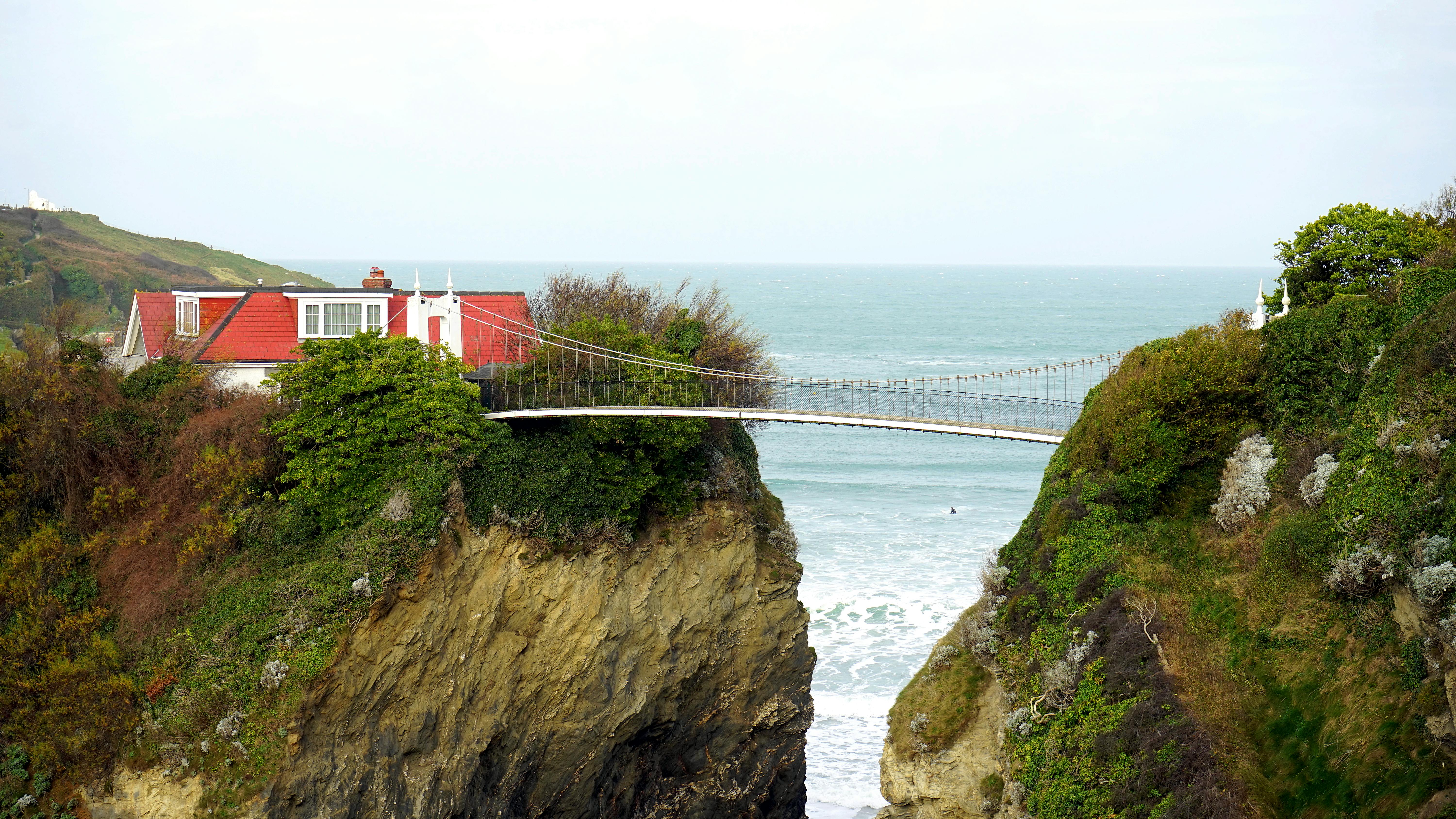
Explanation of the 3 main types of loans: FHA, conventional and VA
In the world of loans, there are countless factors that go into obtaining a home loan. This article will give you an overview of the top three loan programs available. When you start researching loan programs, be sure to contact a mortgage professional for more information and the latest market updates and changes.
FHA Insured Loans
An FHA loan is a loan insured by the Federal Housing Administration. The FHA was created in 1934 to increase home construction and reduce unemployment through loan insurance, which essentially reduces the risk for the lenders creating the loan. During tough real estate times, FHA loans stand out and become more important because they allow homeowners to borrow often at lower rates and with better terms than conventional loans. However, when times are good and investors are willing to take higher levels of risk (boom of 2005), conventional loans will offer more attractive terms for home buyers.
In today’s market, conventional loans often require 5-10% of the purchase price as a down payment and do not offer the most competitive interest rate. Due to the government-insured aspect, FHA loans can have down payments as low as 3% and will allow the seller to contribute (give) up to 6% of the home purchase price to the buyer to help them move in. At the time of this publication, the government is talking about increasing the amount of the down payment and ditching the seller assistance aspect. Changes made to FHA loans often reflect moves to ensure that homeowners are able to move into their home and make payments over long periods of time, creating a more stable housing market.
Conventional loans
Conventional loans are not guaranteed or insured by the government and therefore do not follow the same strict guidelines as FHA loans. A traditional conventional loan requires the home buyer (borrower) to contribute 20% of the purchase price as a down payment and the remaining 80% will be financed as a conventional loan. Because the buyer is depositing such a large amount, these loans are often considered low risk and do not require any type of insurance.
In recent years, conventional loans have evolved to meet the needs of the homeowner with very little to invest in a home. In this scenario, the buyer would enter with less than 20% down payment and would have one of two options. Here is an example to explain the options.
Mr. and Mrs. The home buyer decides to buy a home for $ 100,000. A traditional conventional loan would have buyers bring in $ 20,000 for a down payment and the remaining $ 80,000 would be financed / mortgaged. Now, if the buyer only had $ 10,000 for a down payment, these are the two options they could choose.
Option 1: Get a large loan for $ 90,000. Because the buyer would finance more than 80% of the home’s purchase price / value with the first loan, the buyer would pay for private mortgage insurance, or PMI. This insurance protects the lender who writes the loan in case the buyer defaults on his loan. The theory is that the higher the loan-to-value ratio (amount borrowed versus the value of the home), the less invested the buyer will be and the more likely they are to default for any variety of reasons.
Option 2: As a way to avoid paying the PMI, the borrower can obtain two loans. The first loan would be for $ 80,000 and the second loan would be for $ 10,000 and the remaining $ 10,000 would go towards the down payment. Because the first loan has a loan value of 80% (ltv), there would be no insurance premium (PMI). The problem with this loan is that the loan will most likely pay a higher rate on the second loan of $ 10,000. Instead of paying the mortgage insurance, the borrower would be paying a higher premium for the second loan. The higher interest rate is the lender’s way of justifying the risk of the second loan.
The second option is how many homeowners ended up financing 100% of their home and stretching their financial limits too far.
VA Guaranteed Loans
VA loans are guaranteed like FHA loans, but they are guaranteed by the Department of Veterans Affairs. VA loans were created to help veterans buy or build homes for eligible veterans and their spouses. The VA also guarantees loans to buy mobile homes and land to install them. A veteran who meets any of the following criteria is eligible for a VA loan:
- 90 days of active duty for veterans of World War II, the Korean War, the Vietnam conflict, and the Persian Gulf War
- A minimum of 181 days of active duty during inter-conflict periods between July 26, 1947 and September 6, 1980
- Two full years of service during any peace period since 1980 for enlisted men and since 1981 for officers.
- Six or more years of continuous service as a reservist in the Army, Navy, Air Force, Marine Corps, Coast Guard, or as a member of the Army or Air National Guard.
There is no VA dollar limit on the amount of the loan a veteran can obtain; the limit is determined by the lender. To determine how much of a home loan the VA will guarantee, the veteran must request a certificate of eligibility.
Bottom line
Just as the real estate industry continually changes, the mortgage industry also evolves on a daily basis. The general rule of thumb for both industries is that 50% of what you know today will be out of date and useless in three years. This emphasizes the importance of discussing your needs with a qualified loan officer who is continually educating himself and staying on top of the market.